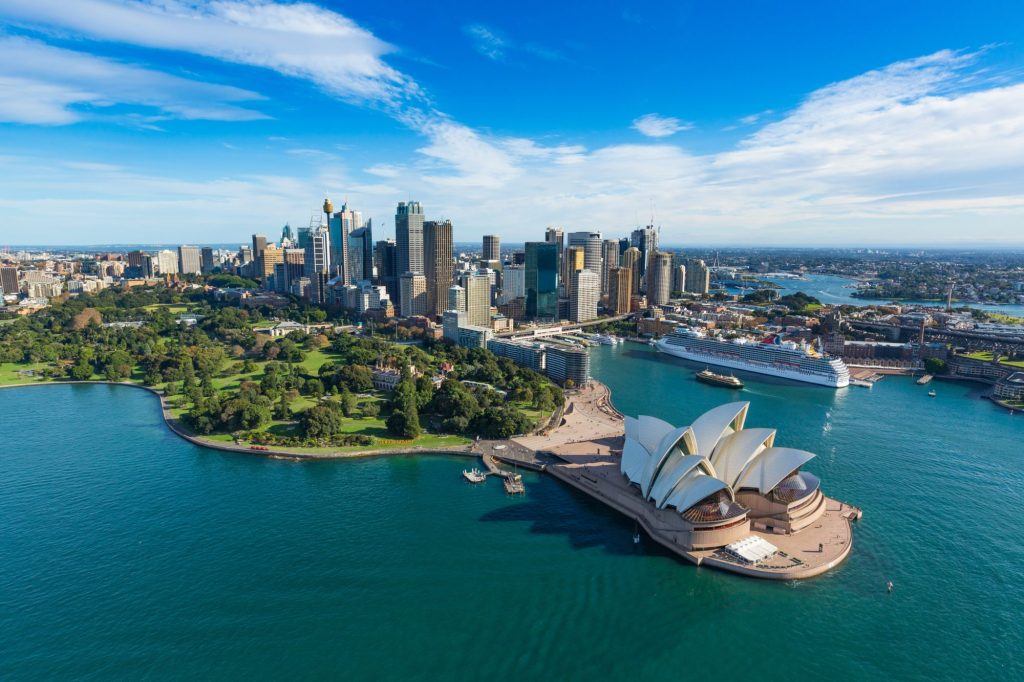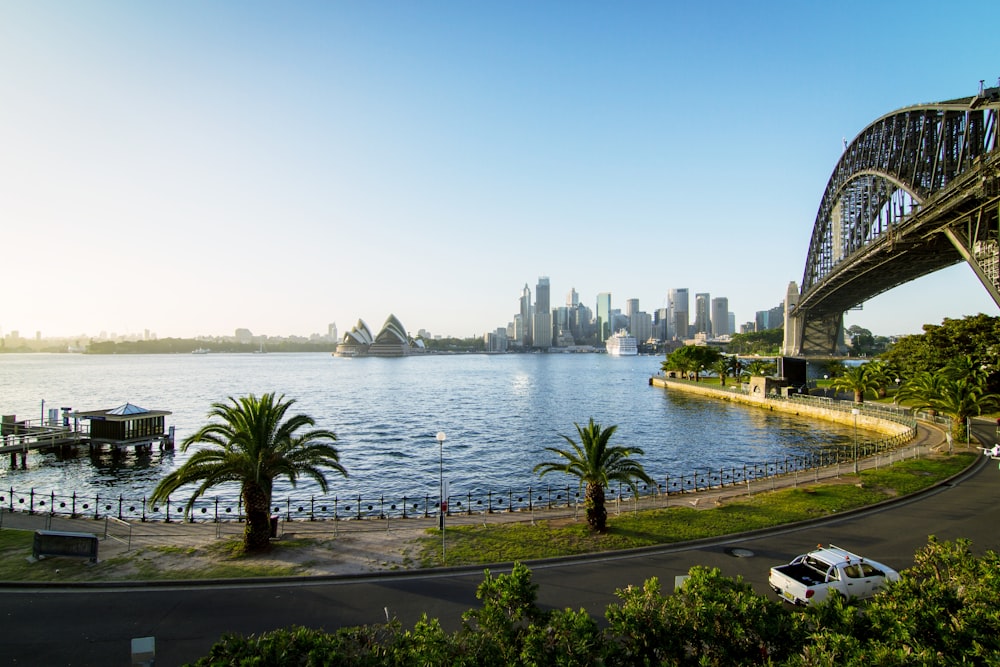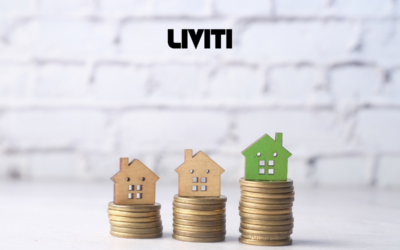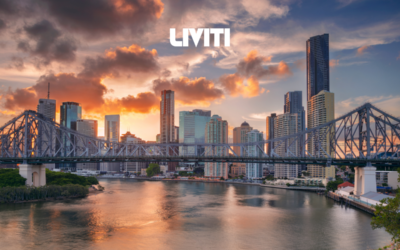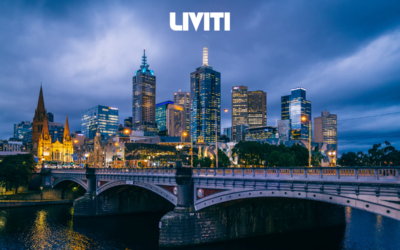Rental yield is an important concept that property investors and first-home buyers looking to invest should understand. We are here to explain the ins and outs of rental yield, to help you get awesome returns from your investments (or future investments).
READ ON if you’re looking to invest in Sydney and want to learn more about rental yield!
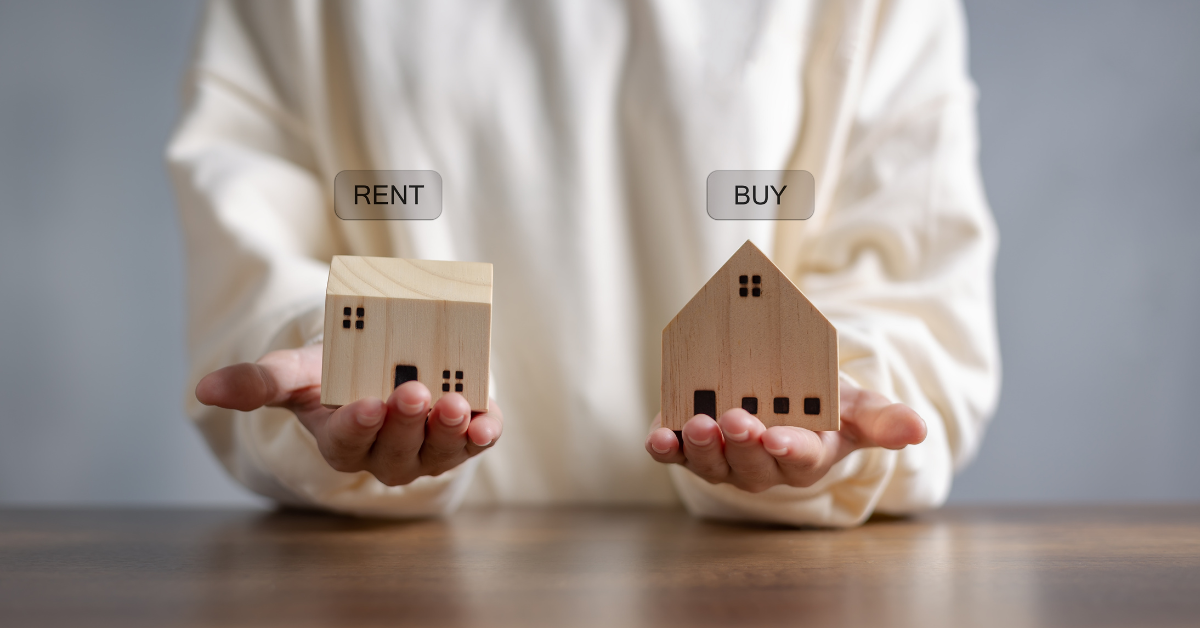
What is Rental Yield?
Simply put, gross rental yield is your rental income expressed as a percentage of your property’s value.
It can be calculated like this:
Gross Rental Yield = (Annual Rental Income/Property Value) x 100
If maths is not your strong suit, don’t worry! We are here to make your property journey simpler.
Rental yield is an important factor that investors consider before purchasing a property, as it helps reveal the best investment opportunity.
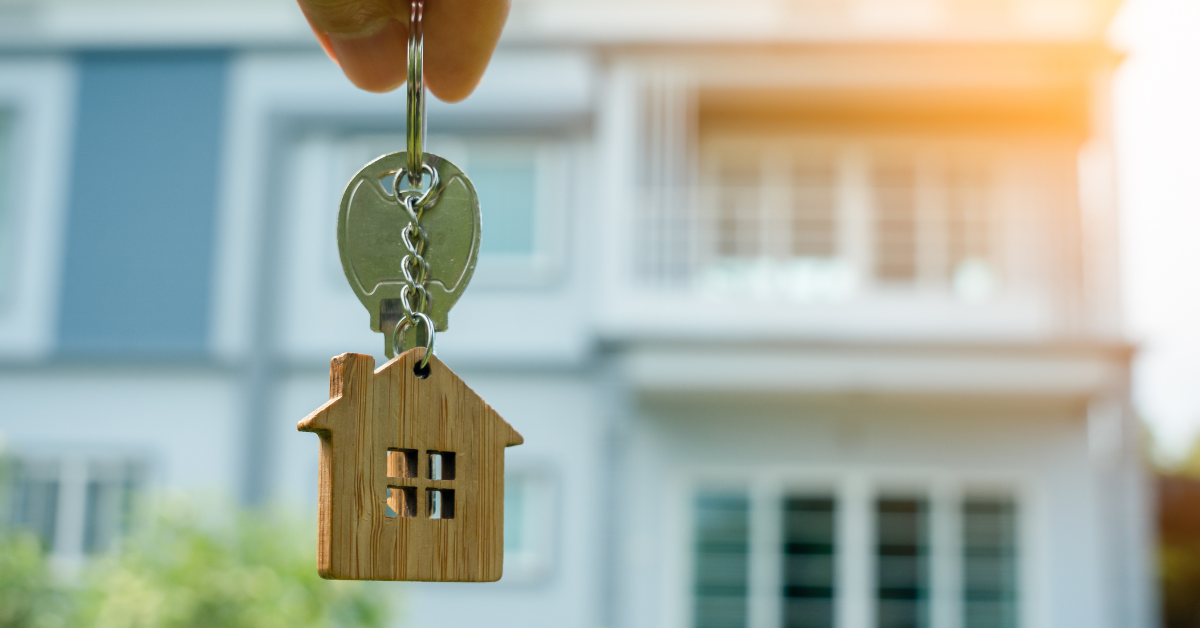
Imagine you have a property valued at $800,000 in a suburb with a 5% rental yield. Your annual income will be $40k! So, the more rental income you receive, the the higher your rental yield.
For property investors, you can identify areas with high and/or increasing rental yield to ensure you get the best returns on investment to enjoy a positive cash flow.
It can help you to assess your investment property and see how it compares to others in the area. If we’ve piqued your interest, you can learn more about the rental market by clicking here.
Sydney’s Rental Yield
Sydney is a bright and bustling city in New South Wales, Australia, with a population of 51,84,896 in 2024 (According to World Population Overview), projected to grow to 58,75,309 by 2035.
There is definitely a reason for the phrase ‘Generation Rent’, with about 31% of Sydney’s population living in rental accommodation.
Sydneysiders are LOVING apartment life, opting to rent in places with good access to jobs, transport and facilities, rather than buying a house in locations that are further away.
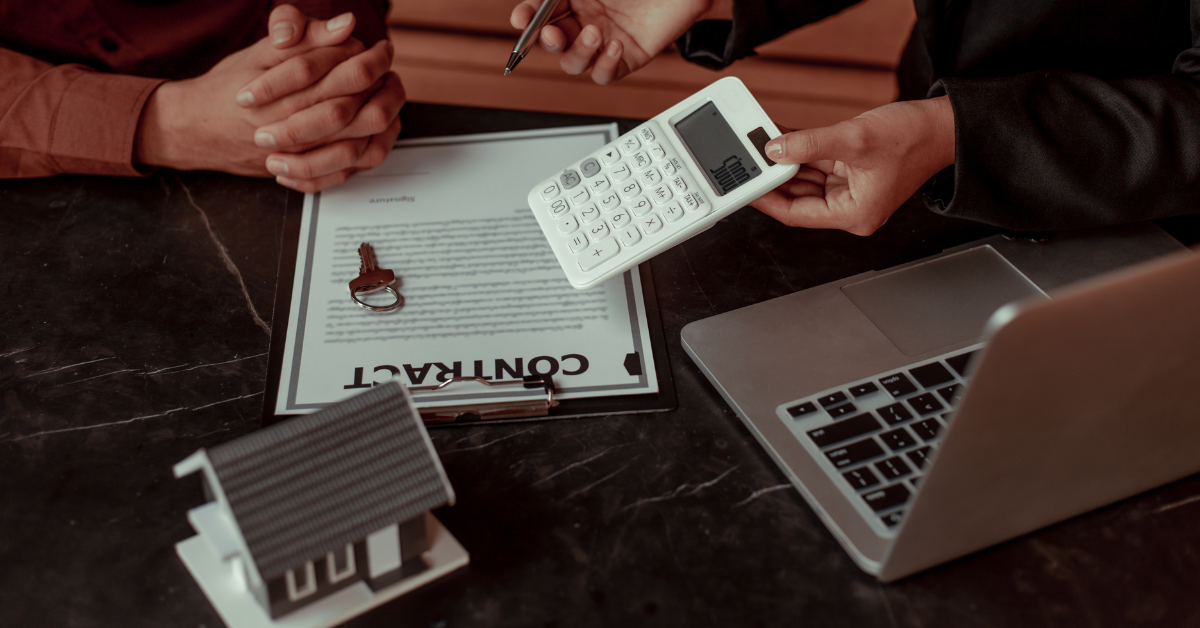
The median listing price for houses in Sydney is $1,442,000 with a $730 per week median rent and a 2.7% rental yield . For units, the median price is much lower at $780k, with $660 rent per week and a 4.4% rental yield. (Source: Savings.com)
Depending on your goals, this could mean that you may be better off investing in apartments, as they have a higher yield compared to houses.
Supply & Demand in Sydney’s Rental Market
A lot has been going on in Sydney’s rental property market. The demand for renting is slowly easing compared to 12 months ago. According to Domain, buyer demand in Greater Sydney has decreased by 19.6%, and by 20.4% across all capital cities.
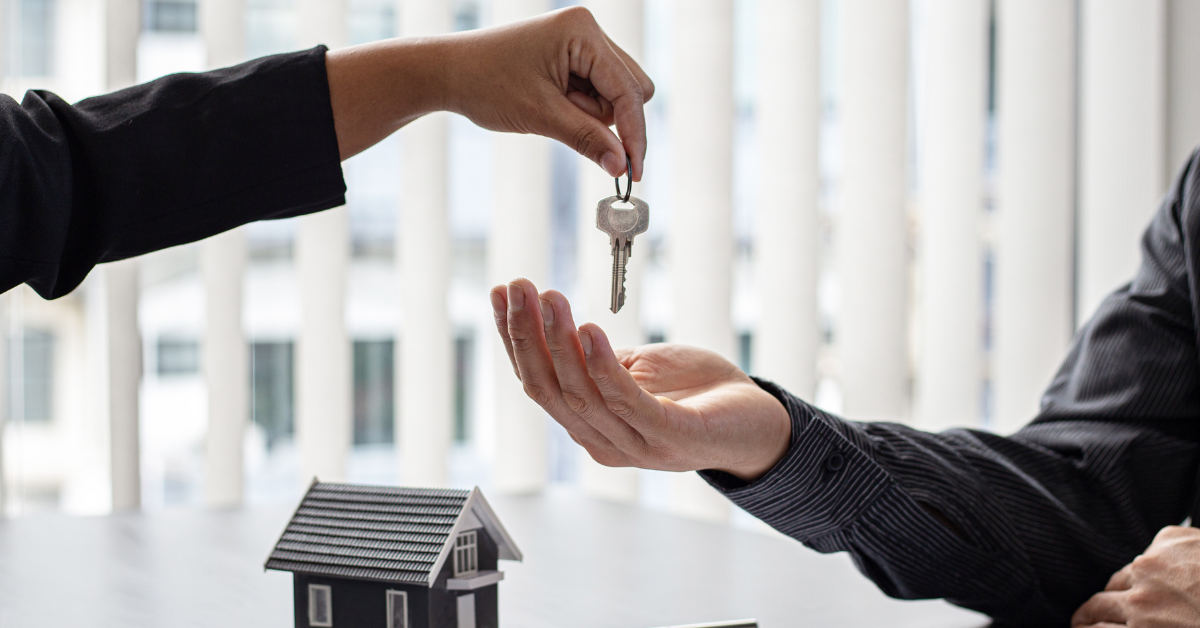
Dr Nicola Powell, Domain’s Chief of Research and Economics, claims that this change “should logically feed into a higher vacancy rate, but that will take time. This could be an early indicator of an increase in vacancy rates sometime this year.”
However, it’s important to note that even with this easing in demand, the rental market remains competitive in many areas. Factors such as interest rates, economic conditions, and housing supply constraints can still play a significant role in shaping the market.
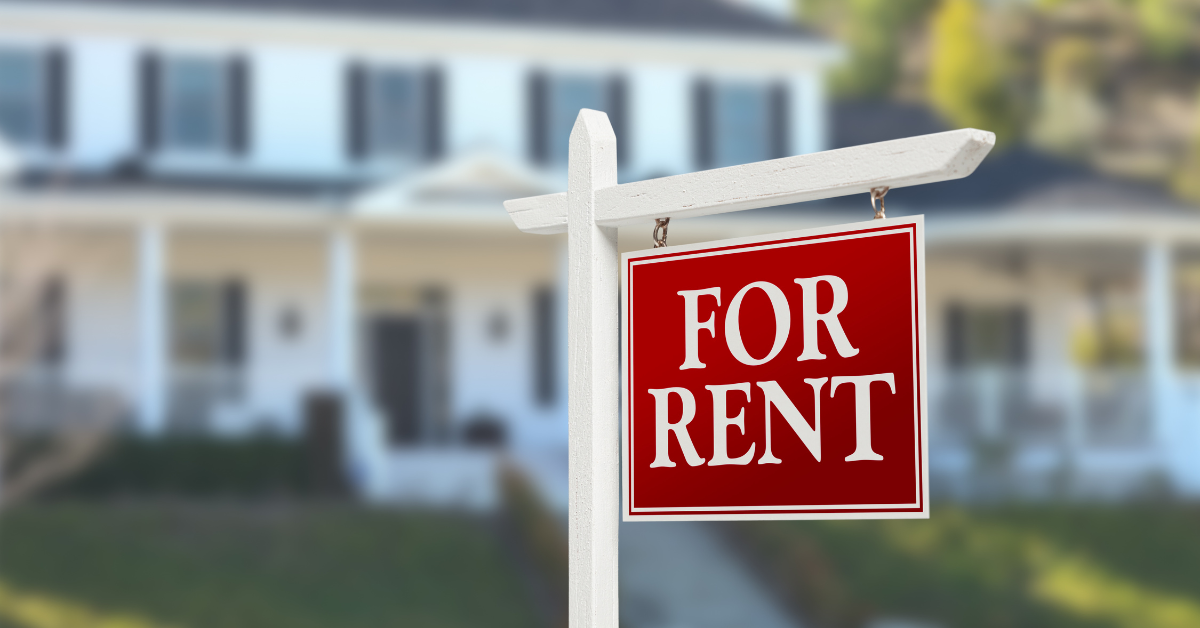
Currently, the vacancy rate is sitting at 1.7% (July 2024) in Sydney, with rental supply plummeting over the past year in every capital city (Source: SQM Research).
This means that there are a lot more people looking to rent compared to the supply of properties available, leading to rising rent prices, higher yields and happy investors!
The Trend in Sydney’s Rental Yield
Simon Pressley, head of research at Propertyology, states “We are seeing rental prices all over Australia go through the roof.”
However, Mr. Pressley warned investors against chasing the highest rental yield in Sydney, noting they should consider potential capital growth which could deliver greater returns and holding costs.
Property investment strategist Lloyd Edge states, “if you don’t get a good yield, then you won’t have good cash flow and you’ll get maxed out on negative gearing.” So don’t forget to check your rental yield!
In recent years, Sydney’s gross rental yields have been mostly steady, sticking around 5.5% for units and 2.5% for all houses, according to SQM Research.
Sydney’s Best Rental Yields
As an investor, you’ll want to know about the best Sydney rental yield by suburb.
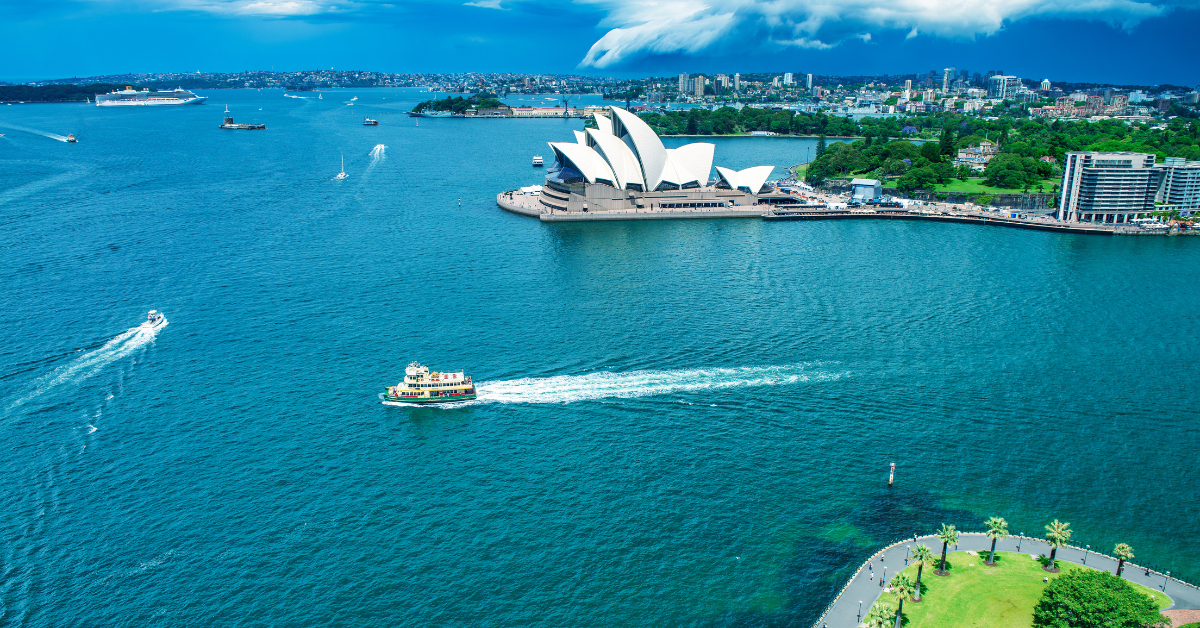
In Sydney NSW, some of the suburbs with high rental yield for units include (Source: SQM Research)
- Granville: 6.3%
- Auburn: 6.2%
- Lakemba: 6.1%
- Fairfield: 6.1%
- Wiley Park: 6.1%
- Harris Park: 6.1%
- Parramatta: 6%
- Schofields: 5.9%
- Warwick Farm: 5.9%
- RockDale: 5.8%
Lakemba, nestled in Sydney’s Inner South West, tops the list for high rental yield investments amidst the city’s soaring property market. the appeal lies in their accessibility to essential amenities like schools and transport hubs, combined with relatively affordable property prices compared to other Sydney locales.
The rental market in these areas flourishes with a diverse range of property types, catering to varied tenant demographics, from families to young professionals. This diversity, alongside a steady demand for rental properties, contributes to the stability and growth potential of rental yields.
Investors eyeing these suburbs can capitalise on the promise of solid returns, backed by both rental income and the prospect of long-term capital appreciation, making Lakemba undisputed leaders in Sydney’s competitive rental landscape.

Liviti’s Top Rental Yield Sydney
Here’s the rundown on Liviti’s Top 3 Projects in Sydney:
- The Crescent, Fairfield: 6.1%
- Fox Lane Rockdale: 5.8%
- Jasmine Schofield Gardens: 5.9%
The Crescent, Fairfield – Top Rental Yield Sydney
The Crescent, Fairfield has an average rental yield of 6.1%, offering luxurious 2 & 3-bedroom apartments. Crescent is centrally located with great proximity to public transport, Parramatta CBD, and open spaces such as Western Sydney Parklands.
Fairfield has an amazing global dining scene, as well as fantastic entertainment options for families.
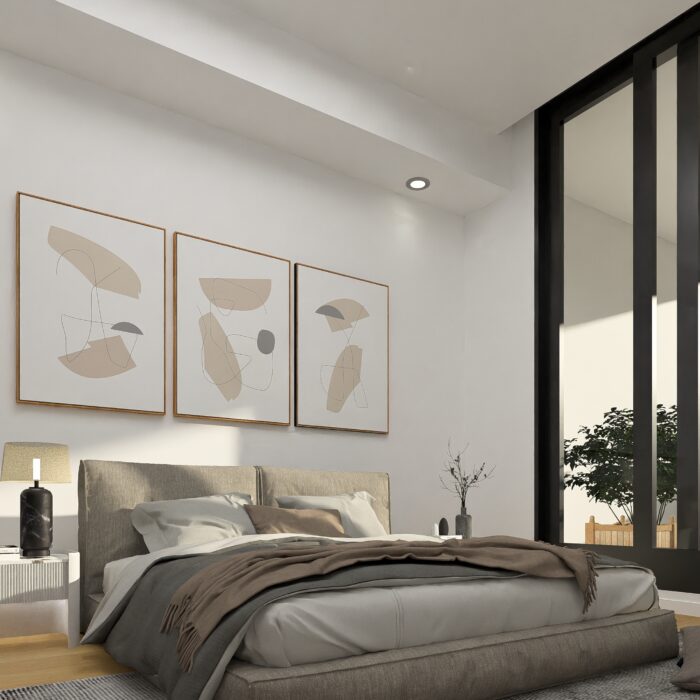
Crescent Fairfield – Bedroom
Fox Lane , Rockdale – Top Rental Yield Sydney
Fox Lane, Rockdale has an average rental yield of 5.8%, so investors can expect great returns from these premium apartments.
Fox Lane in Rockdale offers a combination of studio, one, two and three-bedroom apartments, providing the perfect option for all lifestyles, from first home buyers to investors, families and downsizers. It also features spacious interiors, with open-plan layouts, generous balconies and quality finishes that tenants can’t help but love.
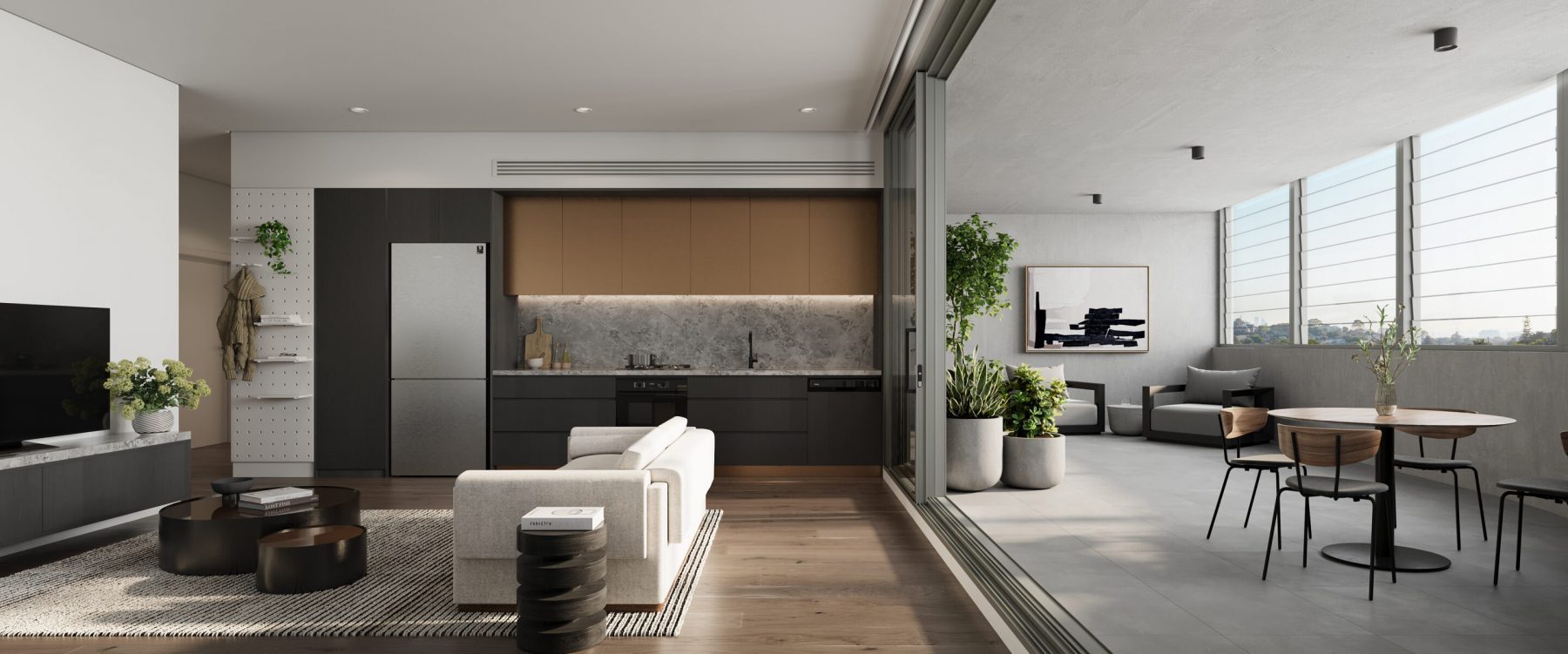 Fox Lane, Rockdale
Fox Lane, Rockdale
Jasmine Schofield Gardens – Top Rental Yield Sydney
Jasmine Schofield Gardens stands out as a premier choice, offering an impressive 5.9% rental yield and an ideal blend of quality, value, and prime location. Situated just minutes from Sydney’s North West business hub, this latest addition to the master-planned Schofield Gardens community is surrounded by green open spaces, creating a fresh and eco-friendly environment.
The Jasmine Apartments are designed with eco-conscious features such as LED lighting, energy-efficient appliances, natural airflow, and thermal windows that mitigate UV impacts. Residents can indulge in a rich lifestyle with convenience and comfort, making Jasmine Schofield Gardens the perfect spot for ultimate relaxation and entertainment.
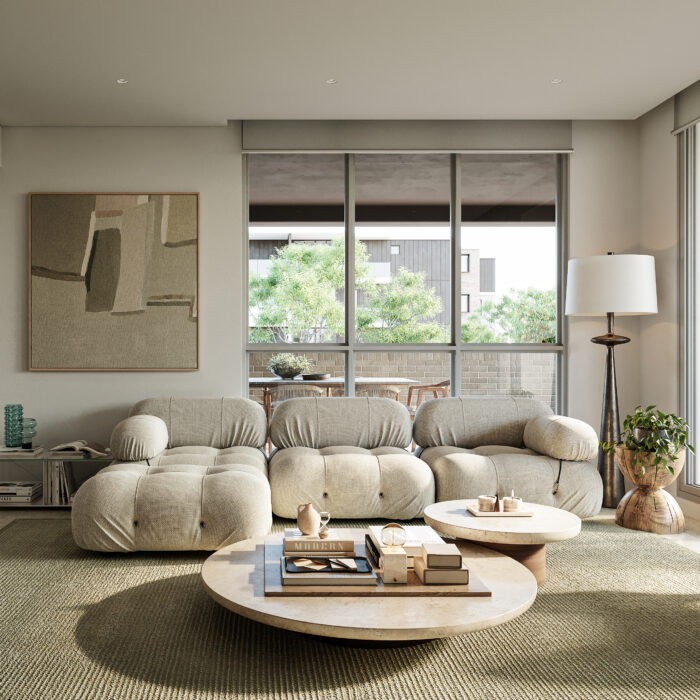
We hope with all this talk about the rental market, yields and investment properties, you now have a better understanding of how to get the best return on investment and secure the right opportunity.
Looking for some guidance? Contact Liviti Today to kick-start your investment journey and book a consultation!
Frequently Asked Questions (FAQs)
Q: How to calculate rental yield?
A: To calculate rental yield, divide the annual rental income by the property’s value and multiply by 100. For example, if your Sydney rental yield is $30,000 annually on a $600,000 property, the rental yield would be 5%.
Q: What is a good rental yield?
A: A good rental yield varies by location and your goals for that property. In Sydney, a good rental yield is typically around 4-5% for units, which is higher than the average rental yield for houses.
Q: What is rental yield?
A: Rental yield is the annual rental income expressed as a percentage of the property’s value. It’s a key metric to identify the best rental yield suburbs and high yield property investments.

